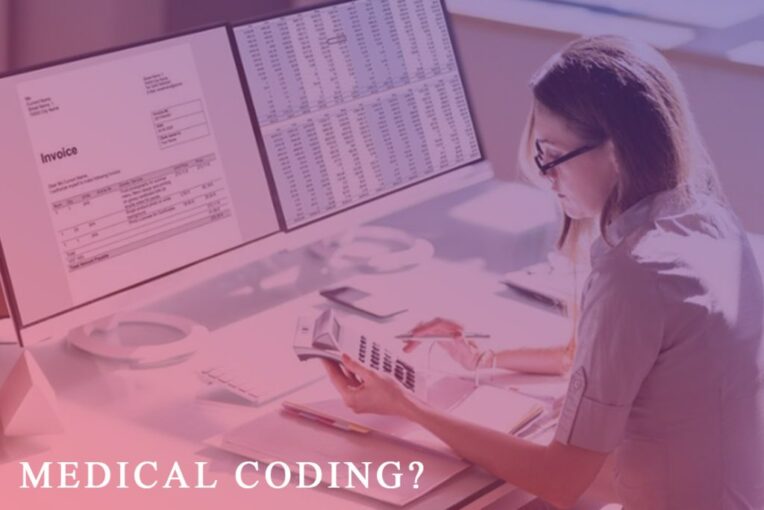Navigating the maze of the healthcare financial system can be daunting. Yet, at its core, it relies on an intricate dance of accurate medical coding and billing. Ensuring coding accuracy isn’t just about getting the numbers right; it’s about safeguarding the financial health of medical institutions and guaranteeing that patients receive the utmost care.
This article delves into the significance of coding accuracy in medical billing and how it is pivotal in maximizing reimbursements.
Contents
Understanding the Backbone: The Role of Medical Coding

Decoding the Process
Medical coding is the process of translating patient diagnoses, treatments, and procedures into universal codes. These codes form the foundation for medical bills, which, in turn, facilitate insurance claims and determine the reimbursement amount.
The Domino Effect
A minor error in coding can lead to a cascade of issues, from denied insurance claims to potential legal complications. Such mistakes disrupt the revenue stream of healthcare institutions and erode patient trust.
The Intersection of Coding and Reimbursements

Direct Impact
The precision of coding directly affects reimbursement rates. Accurate codes ensure that healthcare providers are compensated fairly for the services rendered. Conversely, inaccurate codes can result in underpayments, overpayments, or outright claim denials.
Compliance with Payers
Insurance providers often have stringent guidelines. Adhering to these guidelines, facilitated by accurate medical billing and coding service, ensures that the claims are processed swiftly and correctly.
Strategies to Enhance Coding Accuracy

1. Invest in Continuous Training
The world of medical coding is ever-evolving, with new codes being introduced and old ones being modified. Regular training sessions ensure coders stay abreast of these changes, leading to more accurate billing.
2. Embrace Technology
Leveraging advanced medical billing software can be a game-changer. Many of these platforms come equipped with real-time error detection, automated code suggestions, and comprehensive databases that reduce the margin of error.
3. Conduct Regular Audits
Routine internal audits can highlight recurrent mistakes, areas of confusion, and potential avenues for training. Medical institutions can maintain coding integrity by identifying and rectifying these errors proactively.
The Ripple Effect of Accurate Coding on Patient Care

Financial Stability Equates Better Services
When adequately compensated, healthcare providers can invest more in patient care. This might translate to state-of-the-art equipment, better-trained staff, or expanded services.
Building Patient Trust
Transparent and accurate billing fosters trust. When patients are confident that they’re billed fairly and accurately, it paves the way for a long-term relationship, ensuring continuity of care.
Anticipating and Overcoming Common Challenges
Staying Updated with Regulatory Changes
Healthcare is a heavily regulated sector. Coding and billing professionals must be vigilant about regulation changes and adapt swiftly to ensure continued compliance.
Handling Complex Cases
Specific medical scenarios can be intricate, demanding a nuanced understanding of coding. Creating specialized teams or consulting experts for such cases can enhance accuracy.
Looking Ahead: The Future of Medical Billing

Integration of AI
With Artificial Intelligence (AI) making inroads into healthcare, its application in medical billing is imminent. AI can analyze vast datasets, predict common coding errors, and even auto-correct discrepancies, ushering in a new era of accuracy.
Global Standardization
As healthcare becomes more globalized, there’s a growing clamor for universal coding standards. Such standardization can simplify cross-border healthcare services and reimbursements.
The Significance of A Multi-Layered Review Process

Deep Dive into Multi-layered Reviews
Multiple medical billing review layers are like safety nets. Multiple coders and reviewers review bills. Each layer checks for errors before submission.
Benefits Beyond Accuracy
While the primary advantage of a multi-layered review is undeniably enhanced accuracy, there are other tangible benefits. The process can act as a training tool, with junior coders learning from the feedback at each layer.
Medical billing services also distribute responsibility, ensuring that no single individual is burdened with the potential repercussions of errors. Over time, such a review system can significantly reduce the rate of claim denials, boosting an institution’s financial health.
The Role of Patient Engagement in Accurate Medical Billing

Patient-Centric Billing
Involving patients in billing reviews can uniquely improve accuracy. Healthcare providers can use patients’ firsthand knowledge of services by giving them a simplified coded bill before final submission.
Building a Two-Way Street
Medical billing patient engagement goes beyond extra review. Transparency and trust. Involved and valued patients strengthen patient-provider relationships. This proactive approach also prevents billing disputes, saving time and money.
Conclusion
In the intricate ballet of healthcare provision, coding accuracy in medical billing plays a starring role. It’s not merely about numbers or finances but about ensuring that healthcare providers can continue to offer exemplary services without financial hindrances.
By prioritizing coding accuracy, medical institutions can ensure a steady revenue stream, maintain patient trust, and set the stage for a brighter, more efficient healthcare future.
